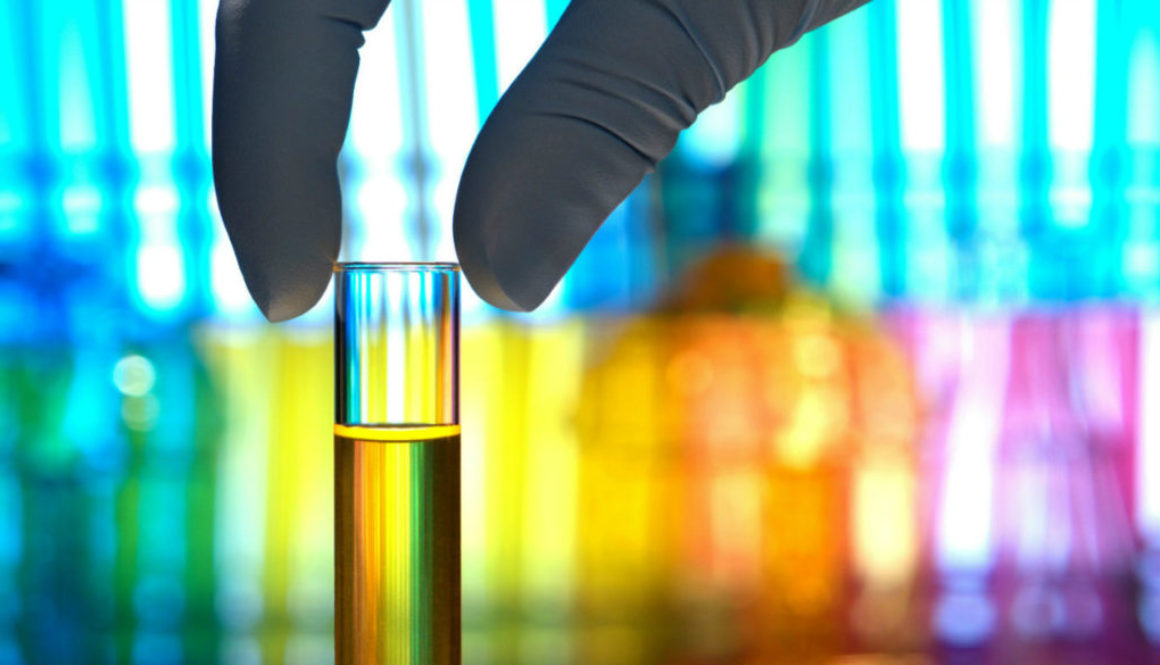Onsite Testing
Onsite testing.
Unlike traditional drug testing, which requires employees to leave work, drive to the lab and wait to be tested, then drive back to work—all while on the clock, mobile drug testing takes place at your office, plant, or job site. You can’t afford the lost productivity, workplace accidents, or absenteeism that employee drug use causes, but you also don’t have time to send employees to an offsite lab for drug testing.
Test On Time solves that by bringing the drug testing lab directly to you!
Onsite testing specialists are expertly trained in all essential forensic procedures. They know that it is their job to follow forensic procedure exactly and always. They are also familiar with the various types of specimen “adulteration” and “substitution” techniques used by druggies. They know collection “avoidance” ploys that are commonly practiced by perennial drug-abusers and addicts who can and always will cheat on their drug test when given any chance to do so!
Mobile drug tests can be conducted at any location and tests can include a 5 panel or 10 panel screen and all tests are sent to a SAMHSA Certified Laboratory for confirmation analysis and verification by a Medical Review Officer.
Mobile drug testing can also provide instant drug tests, where the result is available on-site. However, if a instant test has a non-negative result the specimen will be sent to a certified laboratory for confirmation testing. (If needed)
When providing mobile drug testing for DOT employees, Accredited Drug Testing can provide all required documentation including the Federal Chain of Custody Forms.
The fees for mobile drug testing can vary depending on the number of employees being tested, on-site location address and the time in which the on-site testing is needed.
We are known for the most affordable on-site drug and alcohol testing in all of Los Angeles.
Stop paying for mileage and extra fees every time you order onsite drug testing services and start saving big!
We stand behind the services we provide and promise to help your business get the service and features other providers can’t match!


